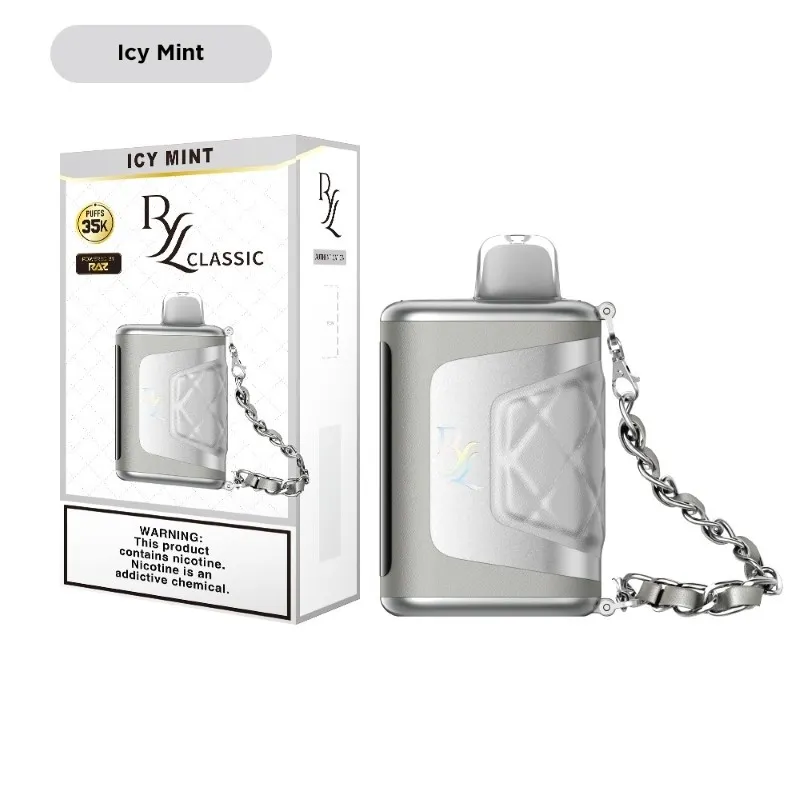Can You Get Herpes or STDs from Sharing a Vape? Risks and Safer Alternatives
May 23, 2025
Sharing a vape might seem like a harmless social gesture, but it carries hidden health risks. Whether you’re at a party or casually passing your device to a friend, understanding these risks is crucial. Below, we break down the science-backed answers to common concerns and introduce safer solutions like the RAZ LTX 25K Disposable Vape to keep your vaping experience both enjoyable and hygienic.
1. Can You Get Herpes from Sharing a Vape?
Herpes is caused by the herpes simplex virus (HSV), which spreads through direct contact with infected bodily fluids, such as saliva or lesions. If someone with an active oral herpes outbreak (cold sores) uses your vape, the virus could linger on the mouthpiece. While the risk is lower compared to direct skin-to-skin contact, shared saliva exposure increases the chance of transmission. For example, Australian health experts warn that sharing electronic devices like vapes may spread viruses through saliva, including HSV and even COVID-19.
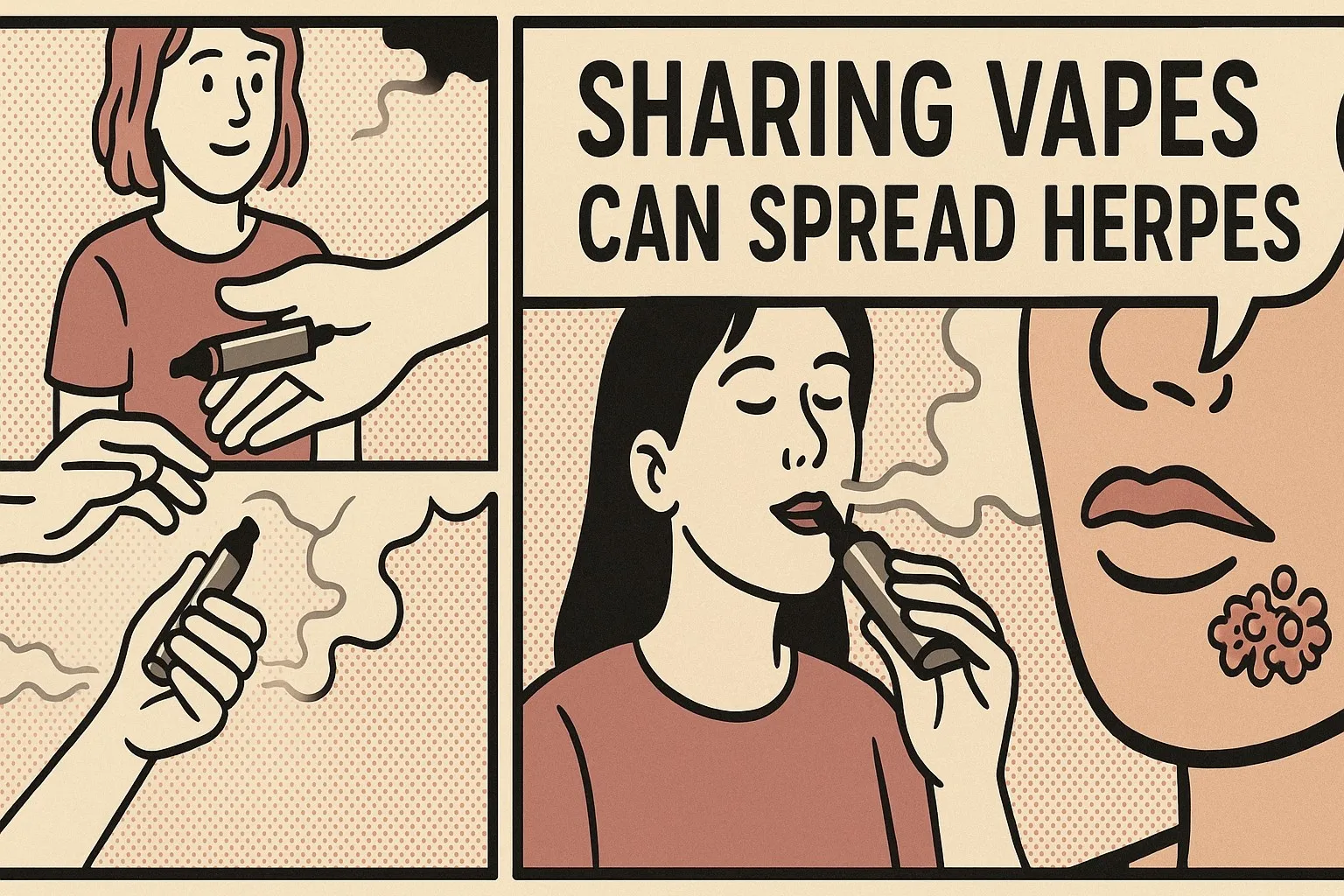
Key Takeaway: Avoid sharing vapes with anyone showing visible oral sores or during flu-like illness phases.
2. Can Sharing a Vape Transmit STDs?
Most sexually transmitted diseases (STDs) require intimate contact (e.g., genital or mucosal exposure) for transmission. However, theoretical risks exist if an infected person’s blood or genital secretions contaminate the vape mouthpiece. For instance, syphilis or HPV could spread if open cuts or sores are present. That said, such scenarios are rare, as STDs primarily spread through sexual activity rather than casual device sharing.
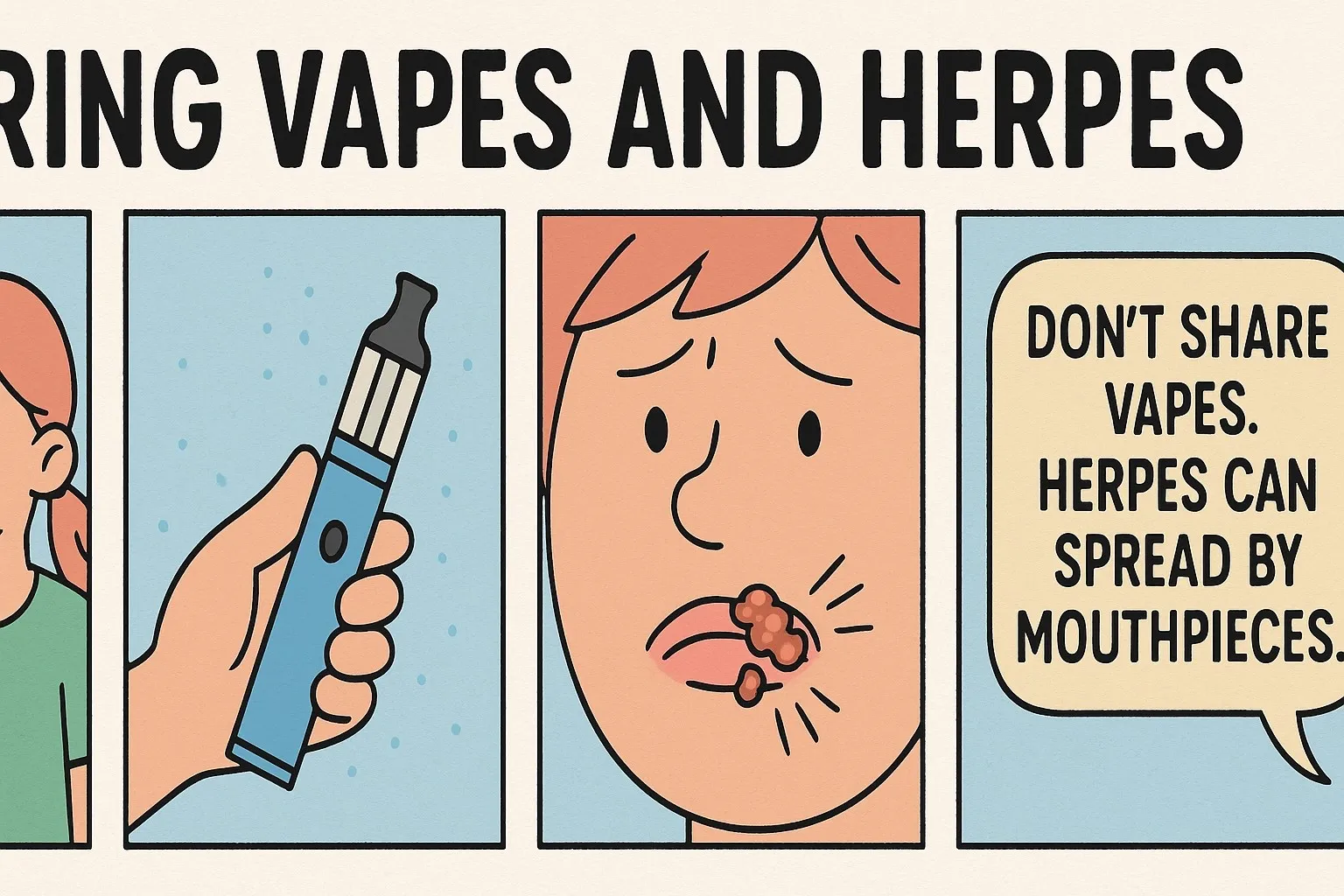
Precaution: If sharing is unavoidable, sanitize the mouthpiece with alcohol wipes afterward.
3. Is HIV a Risk with Shared Vapes?
HIV cannot survive long outside the human body and is transmitted through blood, semen, or breast milk—not saliva. Even if an HIV-positive person’s blood contaminates a vape, the virus would degrade quickly, making transmission via shared devices virtually impossible. Health authorities like the WHO confirm that casual contact, including sharing vapes, poses no HIV risk.
Fact: HIV fears should focus on high-risk behaviors like unprotected sex or needle sharing, not vaping.
4. Other Diseases Linked to Shared Vapes
Beyond herpes and STDs, shared vapes can spread:
-
Respiratory viruses: Influenza, COVID-19, and mononucleosis via saliva.
-
Bacterial infections: Strep throat or oral thrush from contaminated surfaces.
-
Nicotine overdose: Accidental use of high-nicotine vapes by inexperienced users.
-
Allergic reactions: Exposure to flavoring agents like propylene glycol or menthol.
Stat: Studies show e-cigarette aerosols contain formaldehyde and heavy metals, worsening lung health over time.
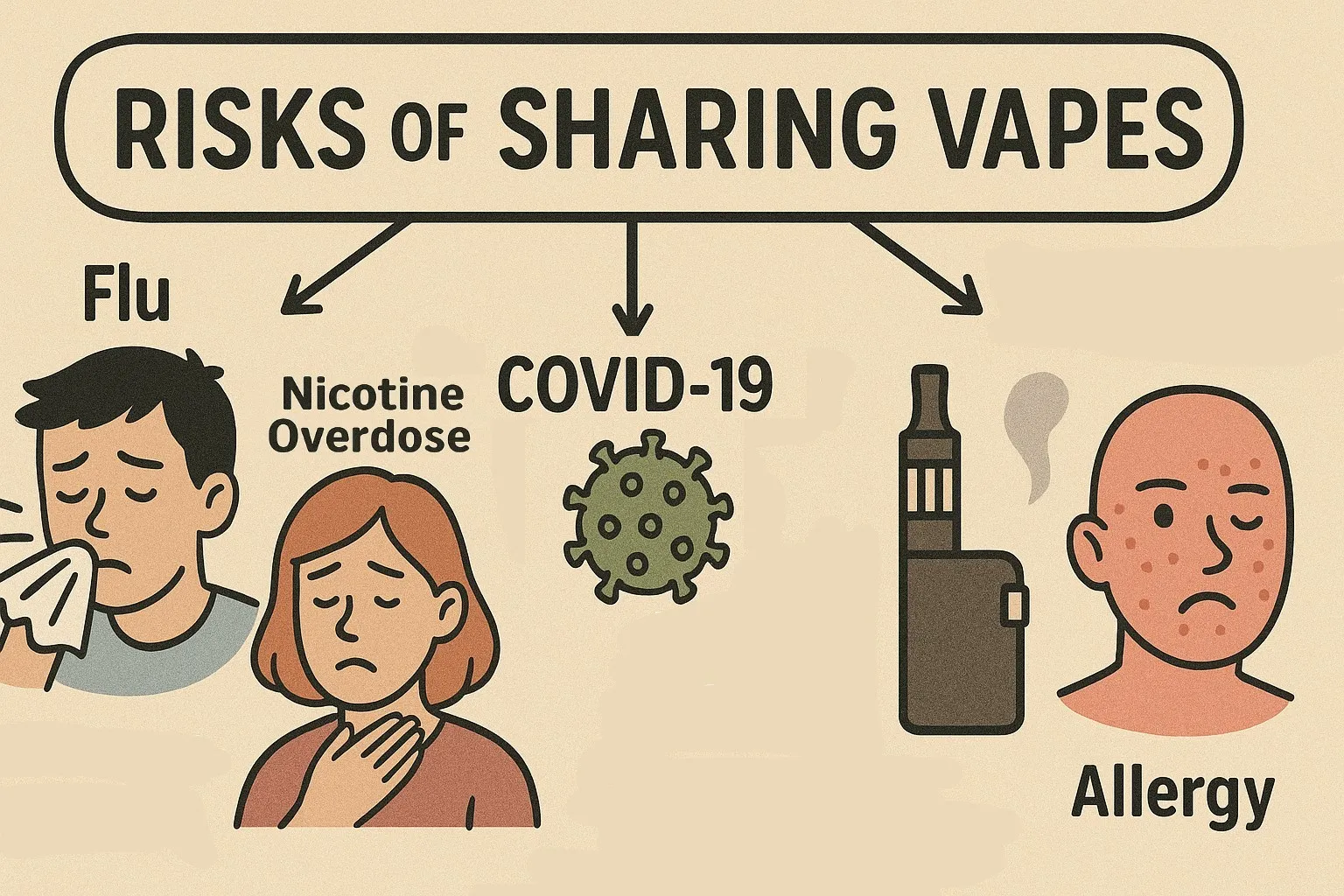
5. Safer Alternatives to Sharing Vapes
Protect yourself and others with these strategies:
-
Disposable Vapes: Opt for single-use devices like the RAZ LTX 25K Disposable Vape. With 16ml pre-filled e-liquid and a hygienic mouth-to-lung design, it eliminates cross-contamination risks while delivering up to 25,000 puffs[^Product].
-
Disposable Drip Tips: Attach silicone mouthpiece covers for temporary sharing.
-
Nicotine-Free Options: Use herbal vaporizers or nicotine pouches for cravings.
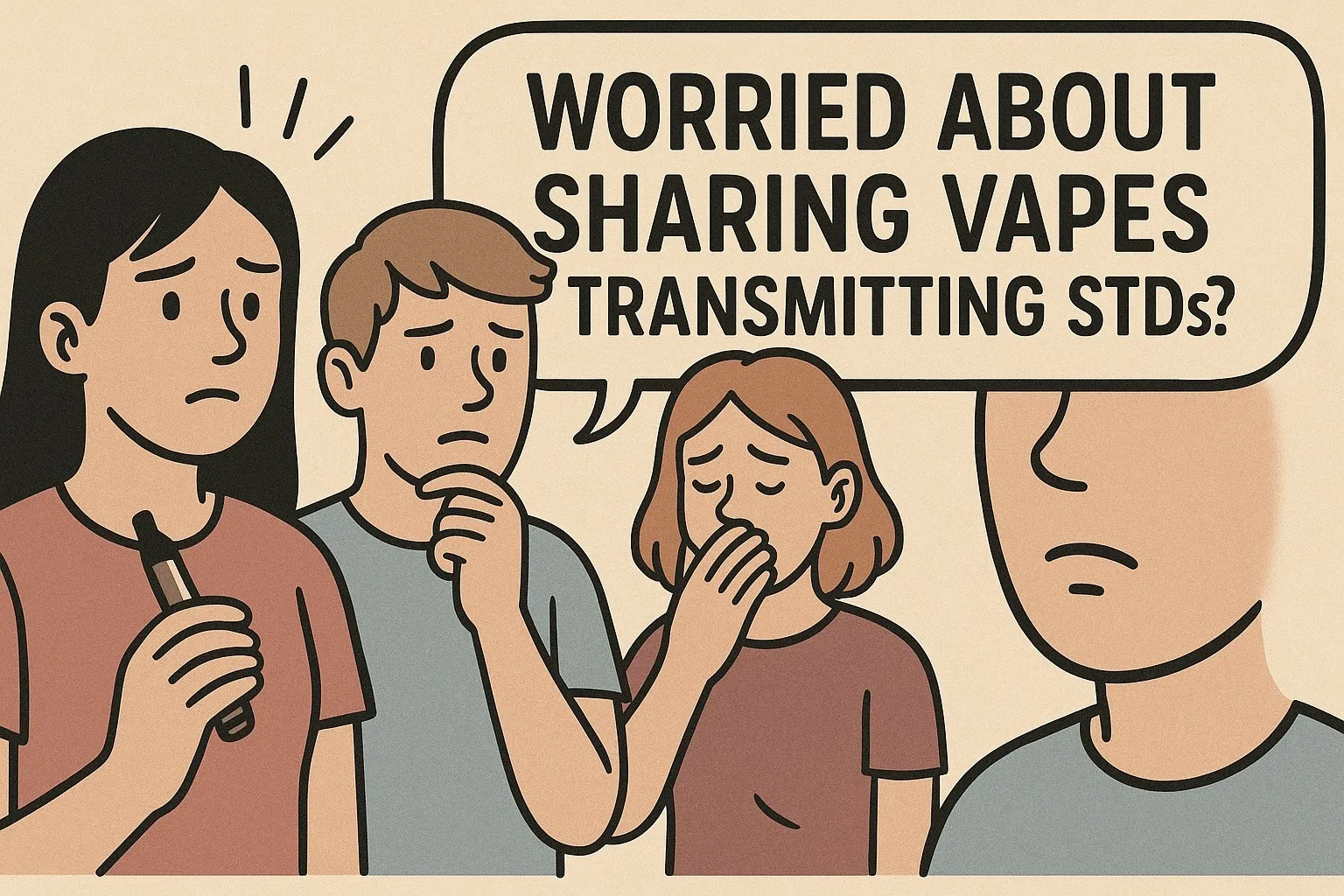
Why RAZ LTX 25K?: Its USB-C rechargeable battery, digital screen for juice tracking, and dual vaping modes (Normal/Boost) make it a versatile, user-friendly choice for both solo and social settings.
6. Final Thoughts
While sharing might feel friendly, the health risks outweigh the momentary convenience. Prioritize personal devices like the RAZ LTX 25K, which combines hygiene with premium performance. For group settings, disposable options or sanitizing practices are non-negotiable. Stay informed, stay safe, and vape responsibly!


 RAZ RYL 35K 🔥
RAZ RYL 35K 🔥 RAZ LTX 25K 🔥
RAZ LTX 25K 🔥 Zero Nicotine Edition 🔥
Zero Nicotine Edition 🔥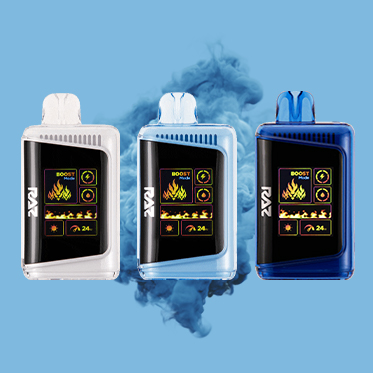 RAZ DC25000
RAZ DC25000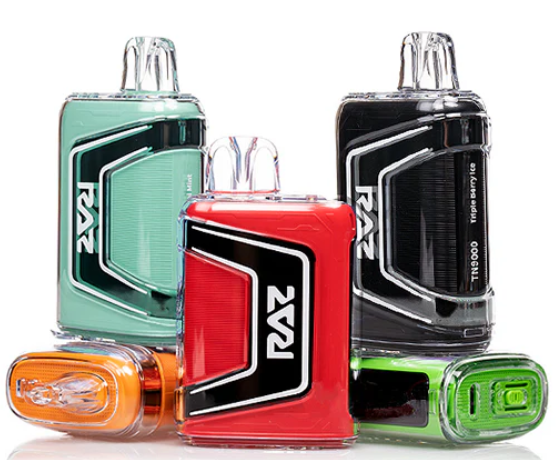 RAZ TN9000
RAZ TN9000








